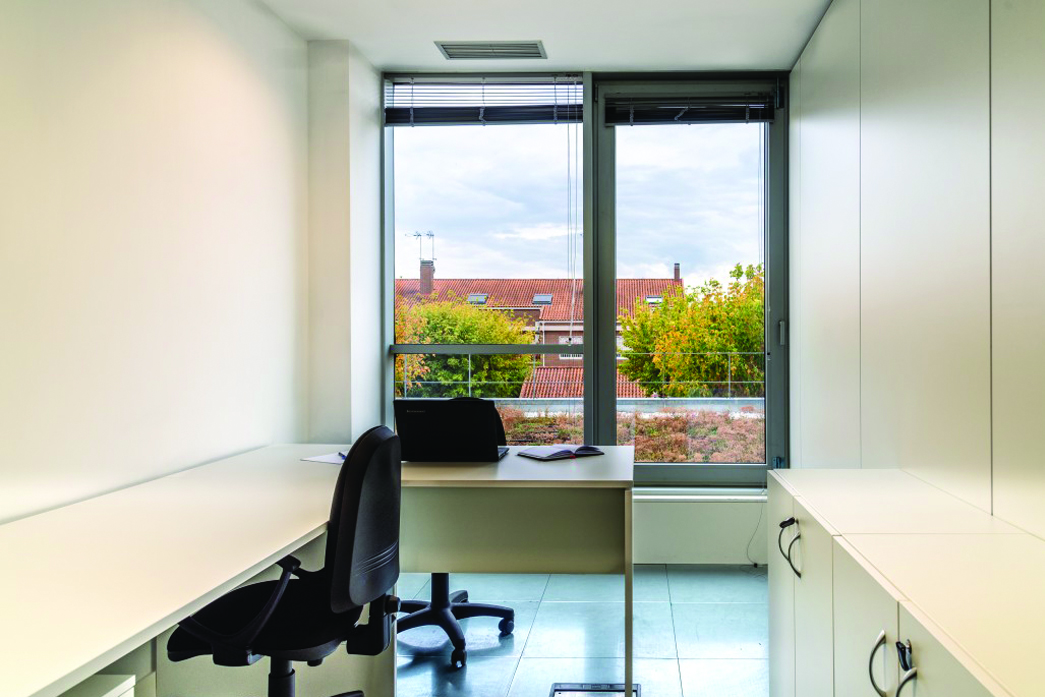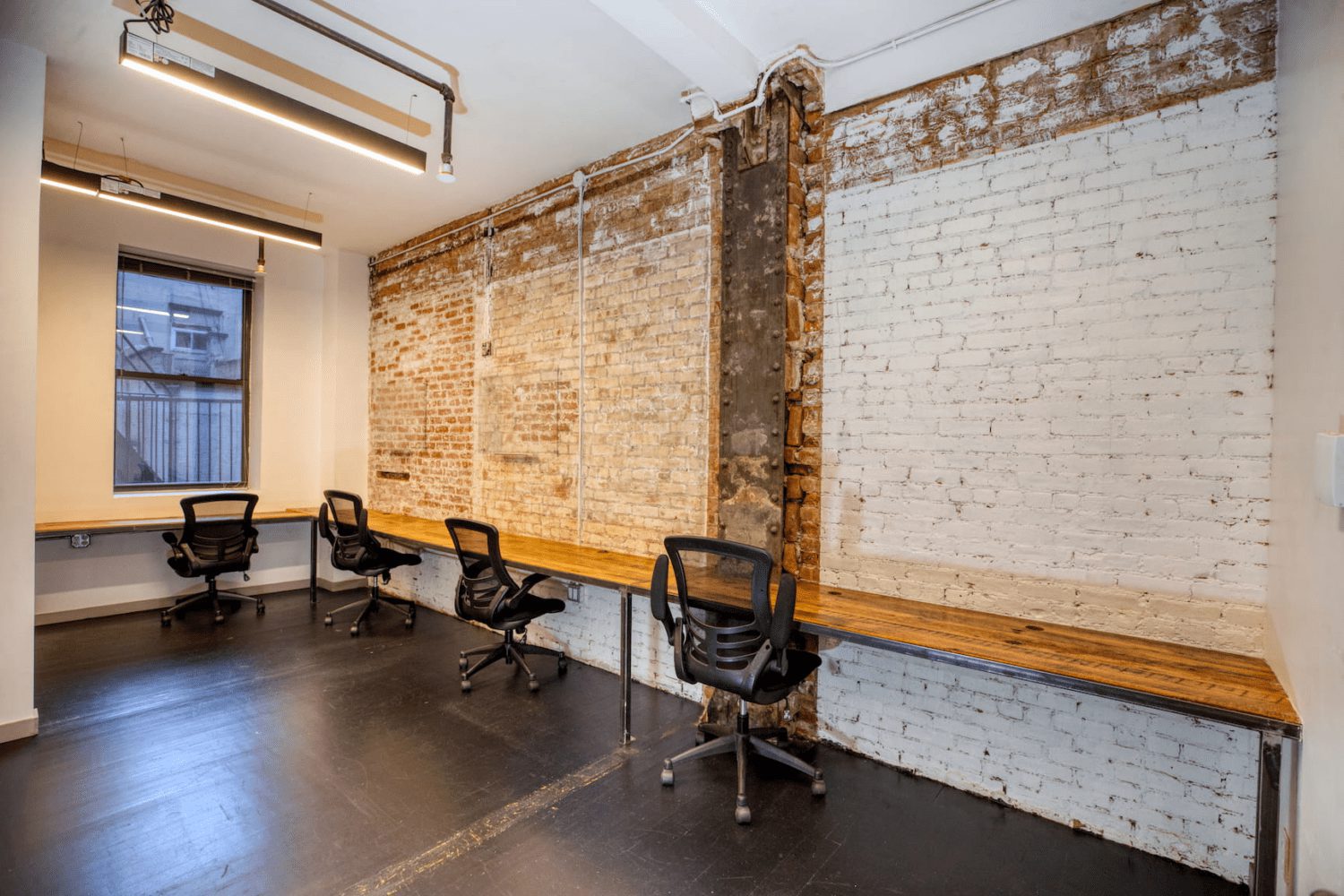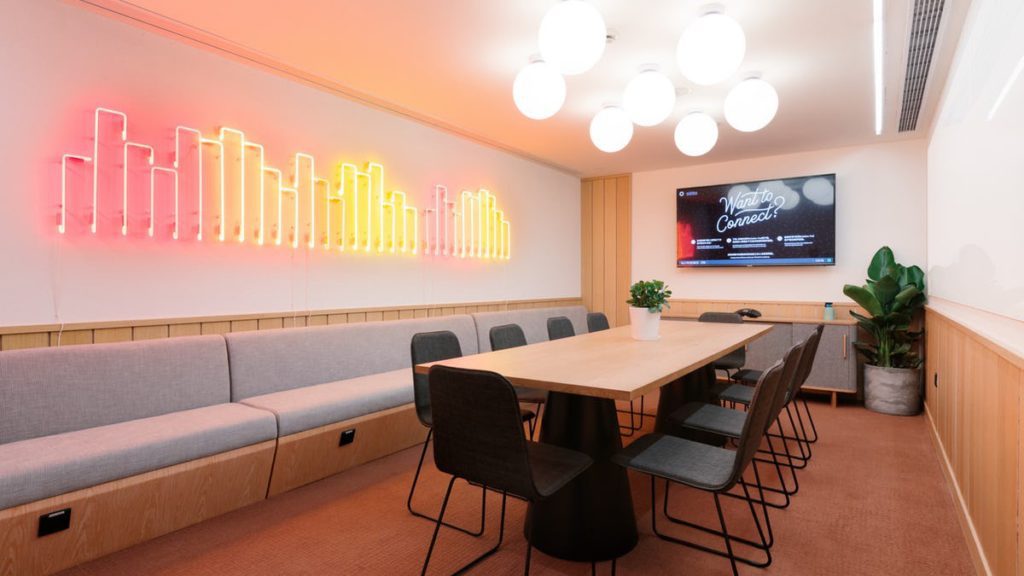
Office math can appear to be more difficult than calculus. When it comes to a new office, you’re confronted with some of the most long-term decisions a company can make. How much space do I require? How much office space do you need for each employee? What is the average size of a meeting room? How many conference rooms are required? These judgments are normally in place for a minimum of two years, if not up to ten or twenty years, depending on your lease. As a result, as you’ve undoubtedly guessed, it’s critical to consider all options.
Calculating Standard Office Space in the US
For years, the average office space per employee has been a shifting target. Over the last decade, it has shrunk as flexible workspace ideas have advocated for fewer private offices and cubicles in favor of more open, collaborative places.
It is now increasing again as employers focus on maintaining an acceptable physical distance between workspaces. While there are some recommendations to follow, the decision on how much office space to allocate is based on your company’s demands and the needs of your personnel.
What is the average amount of office space per employee?

Employees use office space in various ways based on the type of work they conduct. Attorneys at a law firm, for example, often work independently or host meetings with key clients in the office. They may require more space per person. Prior to COVID-19, salespeople and consultants traveled more frequently, necessitating a smaller amount of office space. Employees that conduct a lot of creative work may need more meeting space than dedicated desk space because they spend more time collaborating on projects.
However, because most organizations include a mix of employees in various roles, it would be prudent to provide a variety of spaces.
According to JLL, past workplace design research showed that the typical office area per employee was 75 to 150 square feet. In the midst of a pandemic, the average amount of space per employee in 2020 will be 196 square feet.
This covers both dedicated desk space and the space around it, as well as the amount of space in meeting rooms and communal spaces.
Here are the guidelines for common types of workspaces:
- Common areas – about 80-100 square feet per individual
- Conference rooms – about 25 -30 square feet per individual
- Executive offices – 90-150 square feet
- Open workstations – about 60-110 square feet per individual
- Quiet rooms – 10-100 square feet per 10 workstations
How to Allocate Space for COVID-19

To keep employees safe in the office, your workspaces will most likely need to be separated by extra space. You should intend to expand the average workspace size per worker by around 50 per cent.
You can provide the parameters for distance, and the algorithm will form “circles of safety” surrounding each workstation. This allows you to quickly detect which locations are potentially dangerous and require reconfiguration. Within the software, you can also build new floor layouts automatically.
You can even design new seating arrangements or assign employees to alternating shifts so they can have the same workstations but just utilize them part-time.
If you’re concerned about too many people congregating in common places such as stairwells or hallways, you can use the software to calculate the distance between two points. This allows you to determine how to modify the traffic flow. If your lobby is too tiny to accommodate a large crowd, you can utilize signage to disperse visitors and keep lines to a minimum.
In addition to considering health and safety when determining how much office space you need per person, you should also keep an eye out for other rising trends.
This includes an increase in the number of individuals working remotely, as well as the purpose of your workplace and environmental, governance, and social challenges.
Flexibility in Workspace Solutions

To make this new model work, workplace leaders must assess how frequently employees use the areas that are available to them, as well as the primary purpose of those places. This will most certainly change as employees return to the office after nearly a year of working remotely.
For example, a conference room where ten people used to convene weekly may now have only five individuals physically present, with the remaining five team members calling in.
As a result, while you may not want additional office space for your expanding business, you may need to replace your conference room technology.
You should also consider what your staff desire and require when they come to work. While some individuals believe that working from home has increased their productivity, not everyone agrees. According to polls, the majority of people desire to spend at least some of their week at work.
According to the most recent PwC poll, 50 per cent of employees said the main reason they wanted to come to work was to collaborate with team members.

Thirty-eight per cent said it is difficult to manage work and home duties, including childcare. Others stated that they went to the office to use equipment such as printers or to retrieve paper files because their work had not yet been totally digital.
One-third of executives foresee needing less office space in the next three years as a result of more workers working remotely. However, more than half believe the amount of room they will require will increase.
Twenty-six per cent (26%) expected to increase office space per employee by 5 to 15 per cent. Another 15 per cent said they would increase their space by up to 25 per cent.
To make the most of your office space, ensure that it is built to support employees’ demands for collaborative and quiet work.It should be a space that fosters creativity, with access to natural light and, if feasible, outdoor areas. It should also feature user-friendly technology that allows employees to simply locate and reserve the workspaces they require to do their best job.

Enterprise software development experience. More recently in positions including CTO, Lead Developer and Head of Product in Australia. Deep expertise in property and legal technology in Australia with a specialty in lead generation and tech scalability across Asia-Pacific.